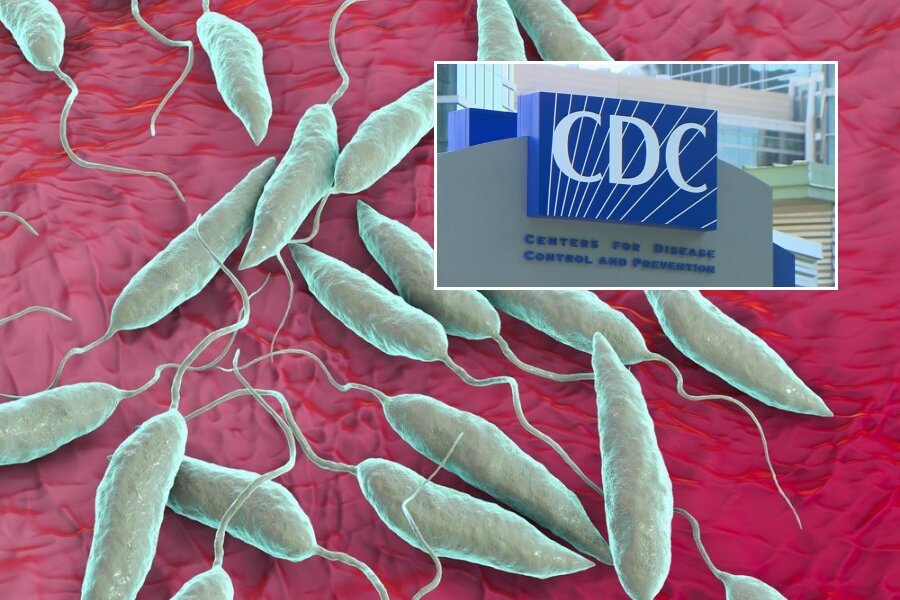A parasite causing skin disfigurement has made its way to the United States.
According to the Centers for Disease Control and Prevention, the parasite Leishmania might already be present in Texas and other southern states.
The parasite, spread by bites from infected female sandflies, leads to a condition called leishmaniasis, causing skin sores to appear weeks after the bite has taken place.
Leishmaniasis cases usually impact people who have traveled to tropical or subtropical regions abroad.
The CDC has recently identified 86 cases of Leishmania in individuals who haven’t traveled outside of America recently.
Researchers also found a unique Leishmania strain with genetic traits that set it apart from cases linked to travel. This means that the strain was probably spreading locally.
According to the CDC’s website, Leishmaniasis is a “parasitic disease that is found in parts of the tropics, subtropics, and southern Europe.”
“It is classified as a neglected tropical disease. Leishmaniasis is caused by infection with Leishmania parasites, which are spread by the bite of phlebotomine sand flies,” the website explains.
“There are several different forms of leishmaniasis in people,” it continues. “The most common forms are cutaneous leishmaniasis, which causes skin sores, and visceral leishmaniasis, which affects several internal organs (usually spleen, liver, and bone marrow).”
“Sometimes you don’t even notice that you’ve been bitten,” claimed Dr. Mary Kamb, a medical epidemiologist at the US Centers for Disease Control and Prevention in Atlanta.
“People could be asymptomatic and not develop anything, but when people are symptomatic, they develop ulcers on their skin and sometimes it starts like a little tiny volcano with a crater in it,” she added.
“We need to increase the awareness among clinicians, dermatologists, infectious disease doctors or general practitioners,” she suggested.
Meanwhile, NBC quoted Joshua Lieberman, the assistant director of the molecular microbiology clinical laboratory at UW Medicine, reassuring the public that the risk of infection was “vanishingly small.”
“Our understanding of leishmaniasis acquired in the U.S. is still really evolving,” said Lieberman.
“It’s not clear to me whether the true rate of new infections is increasing or we’re just getting better at detecting it, or both,” he added. “For the general public, if you’re not traveling to endemic areas, your risk is vanishingly small.”
Lieberman mentioned that for those who do become infected, there are multiple treatment options available.
“The good news is treatment is going to be much milder for the disease type that we’re seeing in the U.S,. but for returning travelers who may have more severe disease or other types of infections that go to organs or go to the insides of the nose and the mouth, those can require toxic drugs,” he said.
Share your thoughts by scrolling down to leave a comment.













